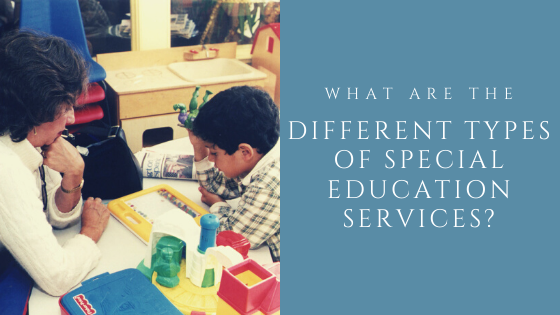When figuring out the appropriate program for a child with a disability, there can be a lot of information to cover. As part of the Individuals with Disabilities Education Act (IDEA), a child with a disability is entitled to receive special education services in order to give him the best chance to thrive.
Once it has been determined that a child is eligible to receive special education services, parents meet with the school to complete their child’s Individualized Education Program (IEP). Working together, they put together the IEP to determine what services and accommodations the child will need in order to thrive in his education. Some of the important areas of services in a child’s IEP that are offered under IDEA include specifically designed instruction, related services, and supplementary aids and services.
Specially Designed Instruction
One of the services that are covered under IDEA is called specifically designed instruction and refers to the need for individualized instruction for a child with a disability. Specifically designed instruction ensures that a child receives an education that is adapted to what he needs in order to thrive. Services that are offered within specifically designed instruction include access to a special education teacher, and the ability to teach the child in various locations throughout the day.
Related Services
As part of the specifically designed instruction, a child with a disability may also include other related services as part of his IEP. Related services refer to the services that can help a child with a disability to continue to benefit from his special education program. Some of the related services include transportation, psychological services, physical therapy, counseling services, and more. The goal of related services is to ensure that a child’s unique needs are met while helping him thrive in his environment.
Supplementary Aids and Services
In some cases, A child’s IEP finds that he would thrive by receiving support in regular education classes, as the classroom exposure can be beneficial. Some children with a disability may receive supplementary aids and services as a way for them to receive education among students in regular education classes. The services may include modifications of the normal curriculum, visual supports, more frequent breaks, and more.
While these are some of the services that may be included in a child’s IEP, there is a wide range of services that are covered under IDEA, making it important for parents to understand what is available to their child.




